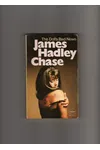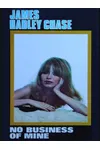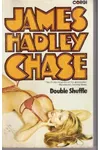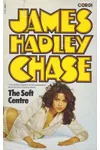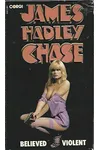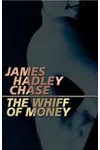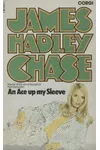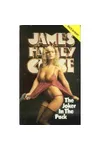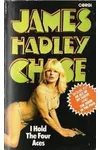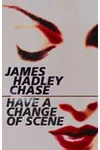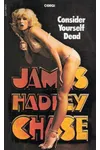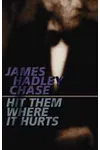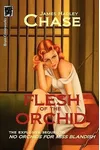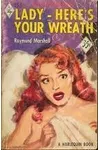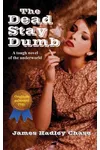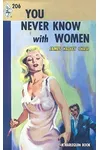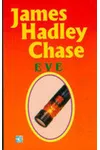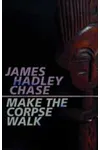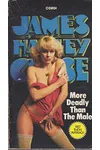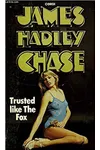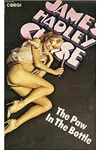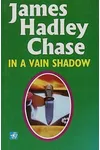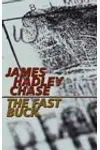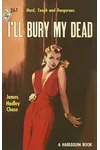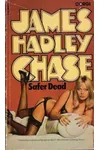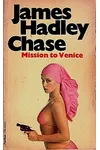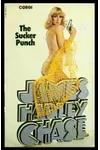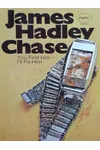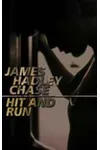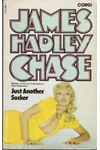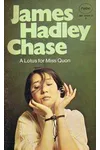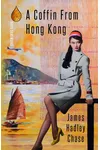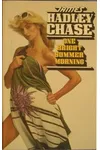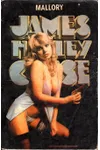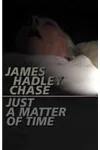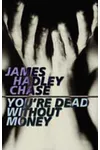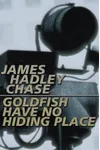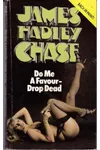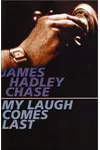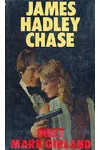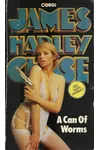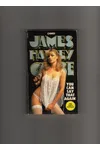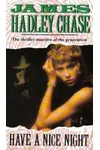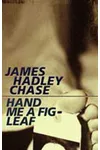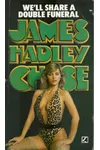Picture a London-born storyteller who spun gritty American crime tales without ever setting foot in Chicago’s underworld—meet James Hadley Chase! Born René Lodge Brabazon Raymond in 1906, Chase became a titan of 20th-century thriller fiction, penning 90 novels under pseudonyms like Raymond Marshall. His knack for crafting pulse-pounding narratives earned him the title 'King of Thrillers' in Europe, with 50 of his books adapted into films.
Chase’s life was as intriguing as his stories. From selling encyclopedias to serving in the Royal Air Force, his journey shaped a career that captivated millions. Let’s dive into the world of this enigmatic author whose tales of greed, betrayal, and suspense still thrill readers today.
The Making of James Hadley Chase
Born on December 24, 1906, in London, Chase was the son of a veterinary surgeon in the colonial Indian Army. His father envisioned a scientific career for him, sending him to King’s School in Rochester, Kent. But Chase had other plans. At 18, he left home, diving into the book trade as a salesman and wholesaler. His exposure to the era’s gangster culture, sparked by Prohibition and the Great Depression, fueled his imagination. Inspired by James M. Cain’s The Postman Always Rings Twice, Chase wrote his debut novel, No Orchids for Miss Blandish, in just six weeks, using maps and a slang dictionary to craft an authentic American vibe.
James Hadley Chase’s Unforgettable Stories
Chase’s bibliography is a treasure trove of hard-boiled crime. His debut, No Orchids for Miss Blandish (1939), follows the kidnapping of a heiress by a ruthless gang, blending shocking violence with moral ambiguity. It sold over a million copies and became a cultural phenomenon, adapted into a controversial 1948 film. I’ll Bury My Dead (1953) weaves a tale of blackmail and gruesome murders, showcasing Chase’s knack for relentless pacing. Eve (1945) explores obsession through a writer’s dangerous infatuation, while The Flesh of the Orchid (1948) delves into twisted family dynamics.
His style was raw and cinematic, with lone protagonists navigating treacherous worlds driven by greed. Chase’s heroines were often cunning or sacrificial, adding depth to his plots. Though critics like George Orwell decried his graphic violence, fans adored his ability to keep them guessing. His American settings, crafted from encyclopedias and slang dictionaries, felt so real that readers swore he’d lived in the States.
Chase also created memorable series characters like Mark Girland, a charming, ruthless secret agent who felt like a rougher James Bond. His novels, published by Gallimard’s Série Noire in France, were especially beloved, with over 30 adapted into films there alone.
Why James Hadley Chase Matters
Chase’s influence on the thriller genre is undeniable. His ability to craft gripping stories with minimal firsthand experience set a blueprint for modern crime writers. In Europe, particularly France, he was a literary rockstar, often compared to Dostoevsky for his raw intensity. His global appeal stretched to Asia, Africa, and post-perestroika Russia, where his books flew off shelves. Though less popular in America, his 50 film adaptations cemented his cinematic legacy.
Chase’s work captured the bleakness of the 20th century, reflecting a world where opportunism often trumped ethics. His stories remain timeless for their suspense and flawed, relatable characters. Today, his novels are still devoured by readers craving unputdownable thrills.
- Born: December 24, 1906, London, England
- Key Works: No Orchids for Miss Blandish, I’ll Bury My Dead, Eve, The Flesh of the Orchid
- Pseudonyms: James Hadley Chase, Raymond Marshall, James L. Docherty, Ambrose Grant
- Notable Fact: Over 50 of his books were adapted into films, especially in France.
Ready for a thrilling ride? Snag No Orchids for Miss Blandish and dive into James Hadley Chase’s electrifying world of crime and suspense!

